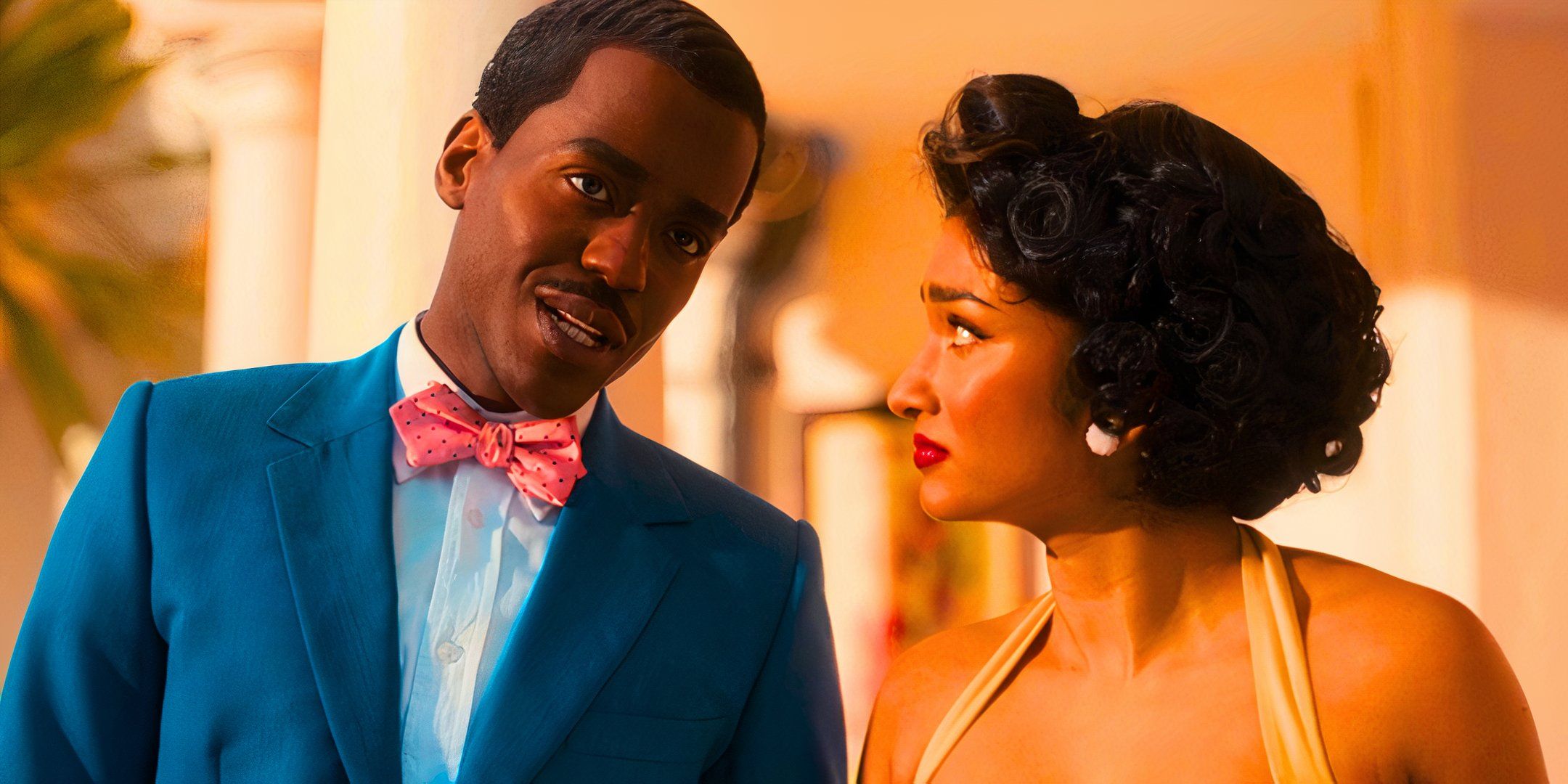
Warning: Spoilers for Doctor Who season 15, episode 2
The 15th season of “Doctor Who” has made a strong debut, with the episodes “The Robot Revolution” and “Lux” standing out as some of the series’ most creative and daring installments in quite some time. In “The Robot Revolution,” the Doctor’s new traveling companion Belinda Chandra found herself unwillingly commanding an army of lethal robots, while “Lux” transported them both to 1950s Miami, where they crossed paths with another divine entity from the Doctor Who universe.
In these episodes, writer Russell T. Davies often incorporates references that blur the lines between reality and storytelling. This is particularly evident in “Lux”, where The Doctor and Belinda interacted with actual Doctor Who fans from our world, revealing that their adventures were mere stories on a television program. However, Davies also humorously satirizes Doctor Who’s history by subtly making fun of the earlier seasons and their characters.
Doctor Who Season 15, Episode 2’s Animated Sequence Feels Like A Commentary On 2-D Companions
Certain Companions Aren’t Very Well-Developed
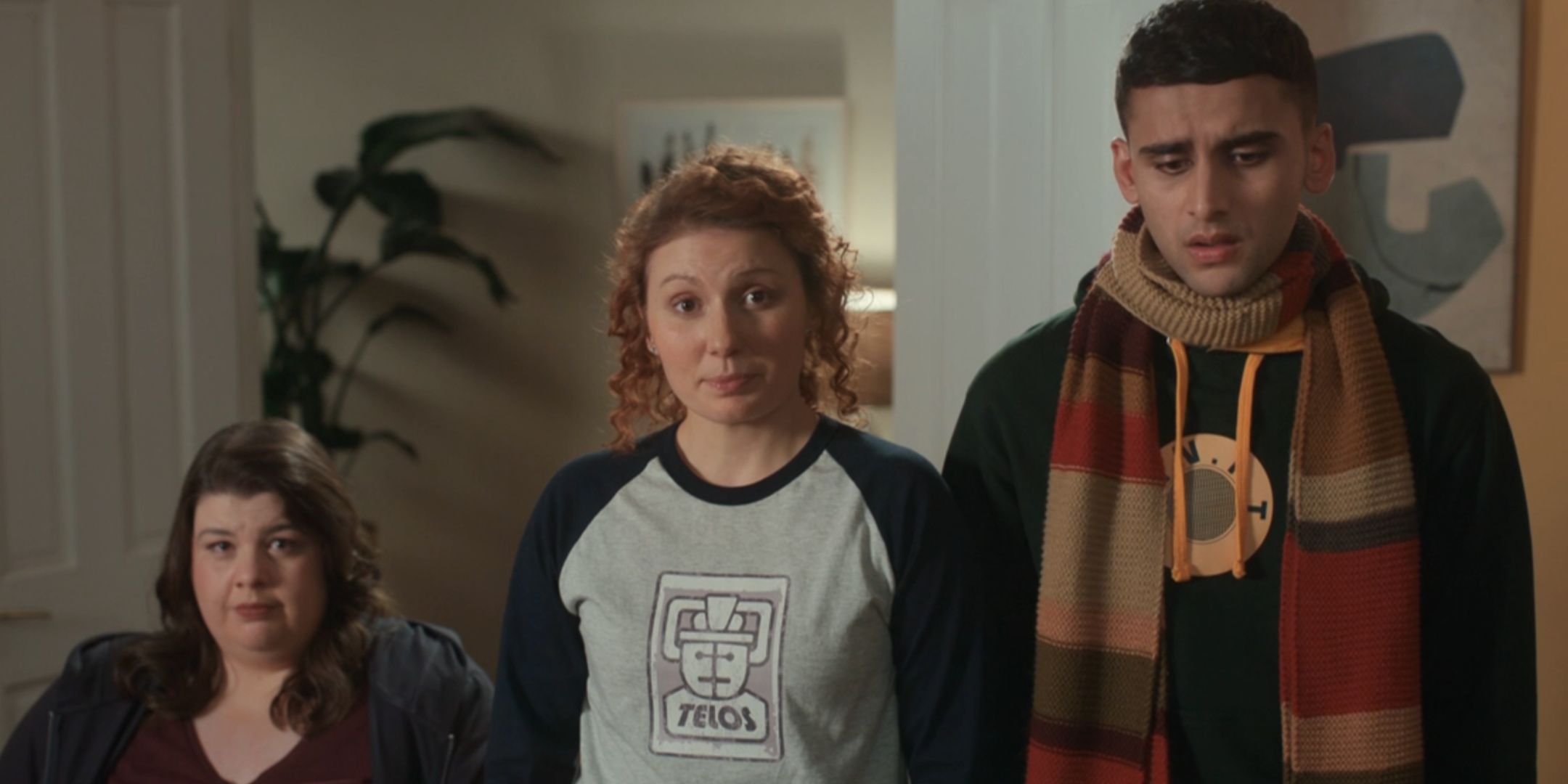
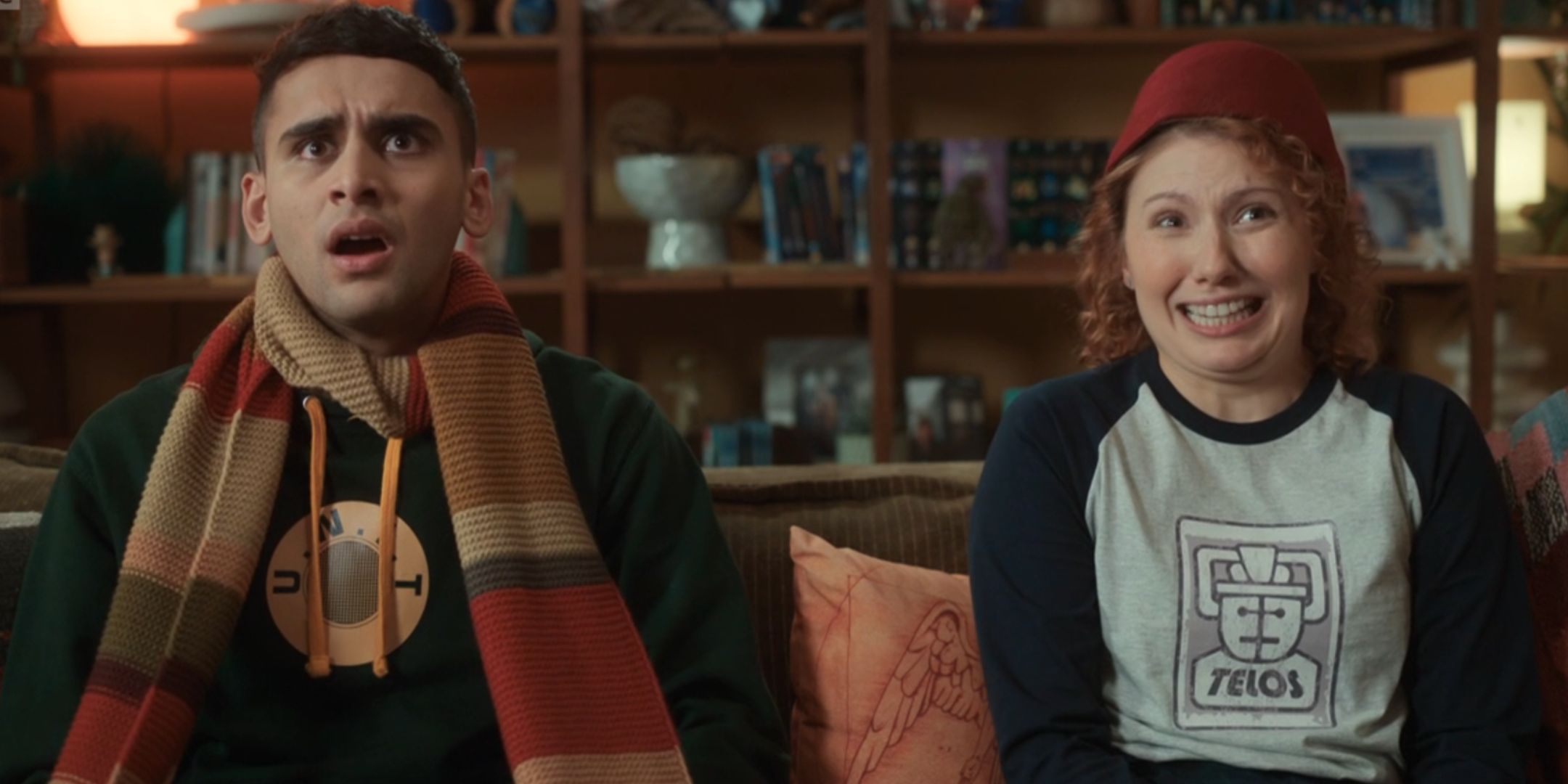

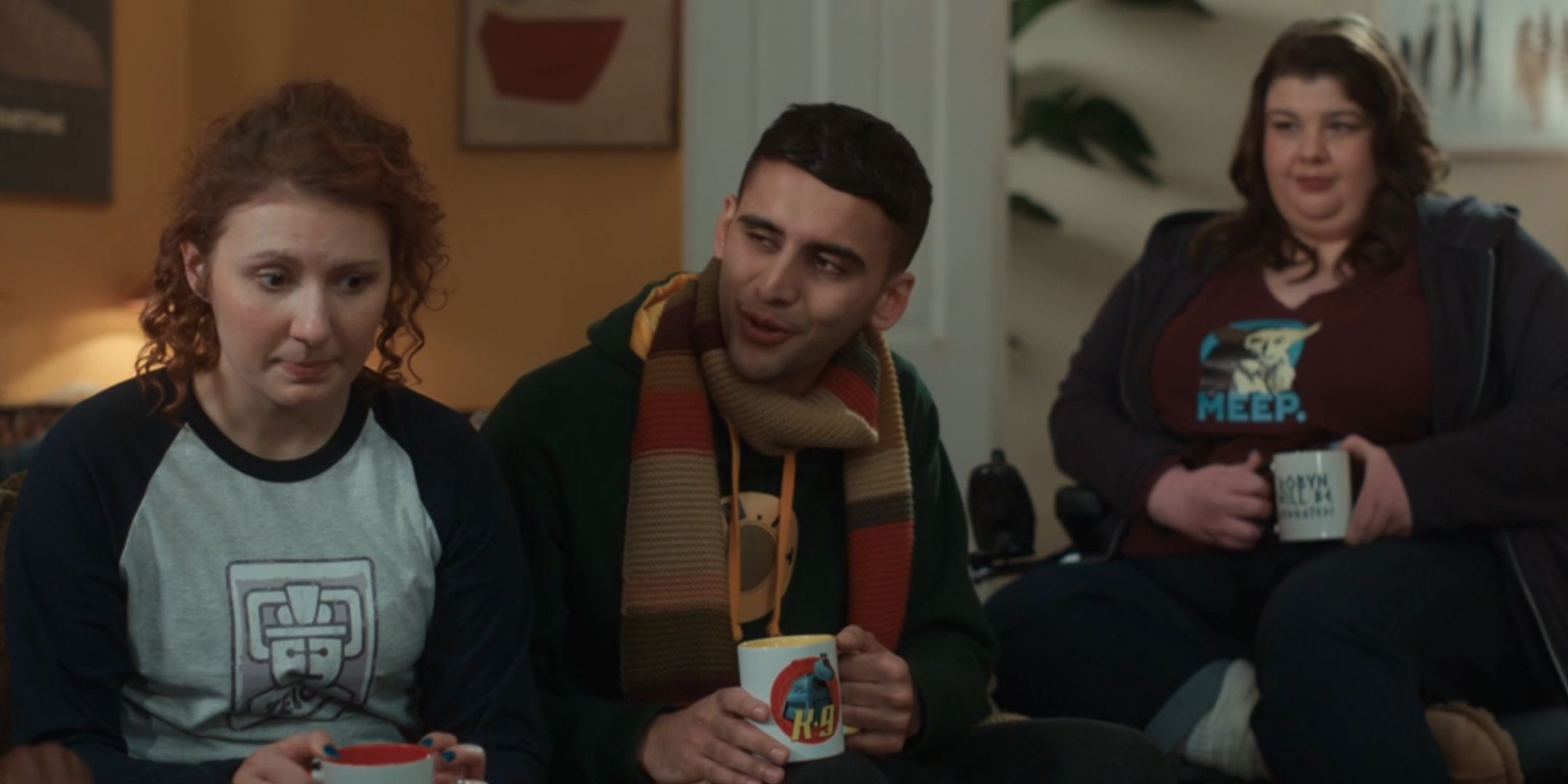
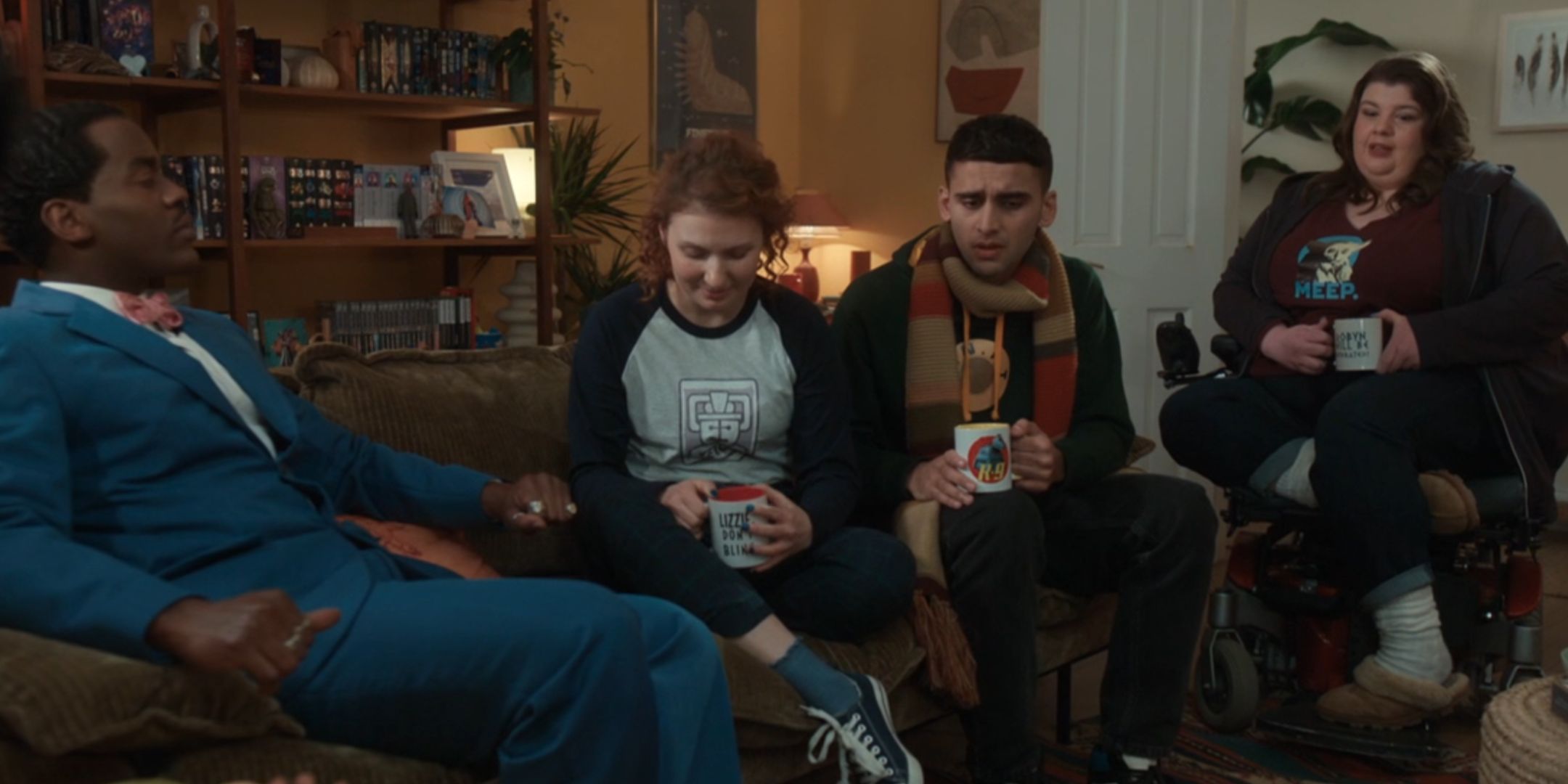
In the grip of Lux Imperator’s ancient film reel, the Doctor and Belinda find themselves transformed into flat, cartoonish versions of themselves. This visually striking scene is among the series’ most innovative in recent memory. However, there’s a deeper layer to this comedic trick: it subtly critiques the idea that classic Doctor Who companions are metaphorically one-dimensional. Quick-witted Belinda soon realizes she can regain her three-dimensional form by delving into her emotions and fleshing out her personal history.
It seems this hints at a gentle nod towards the original “Doctor Who” series, where the companions were often less multi-layered compared to their modern counterparts. Excluding popular figures like Sarah-Jane Smith and Jo Grant, the classic show had challenges in creating lasting, impactful characters. This appears to be the basis for Davies’ “two-dimensional” joke.
Modern Doctor Who Companions Are Arguably More Important Than The Doctor Himself In Some Episodes
The Modern Show Has A More In-Depth Vision Of The Companion Role
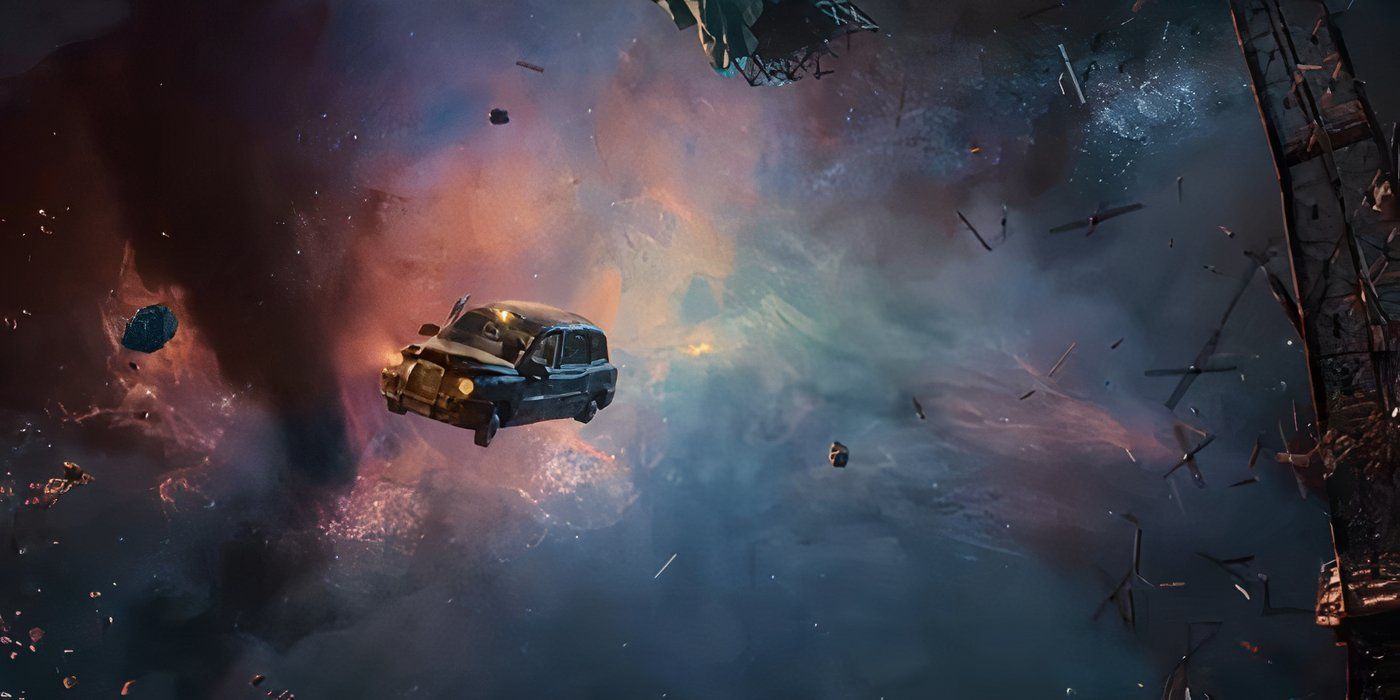
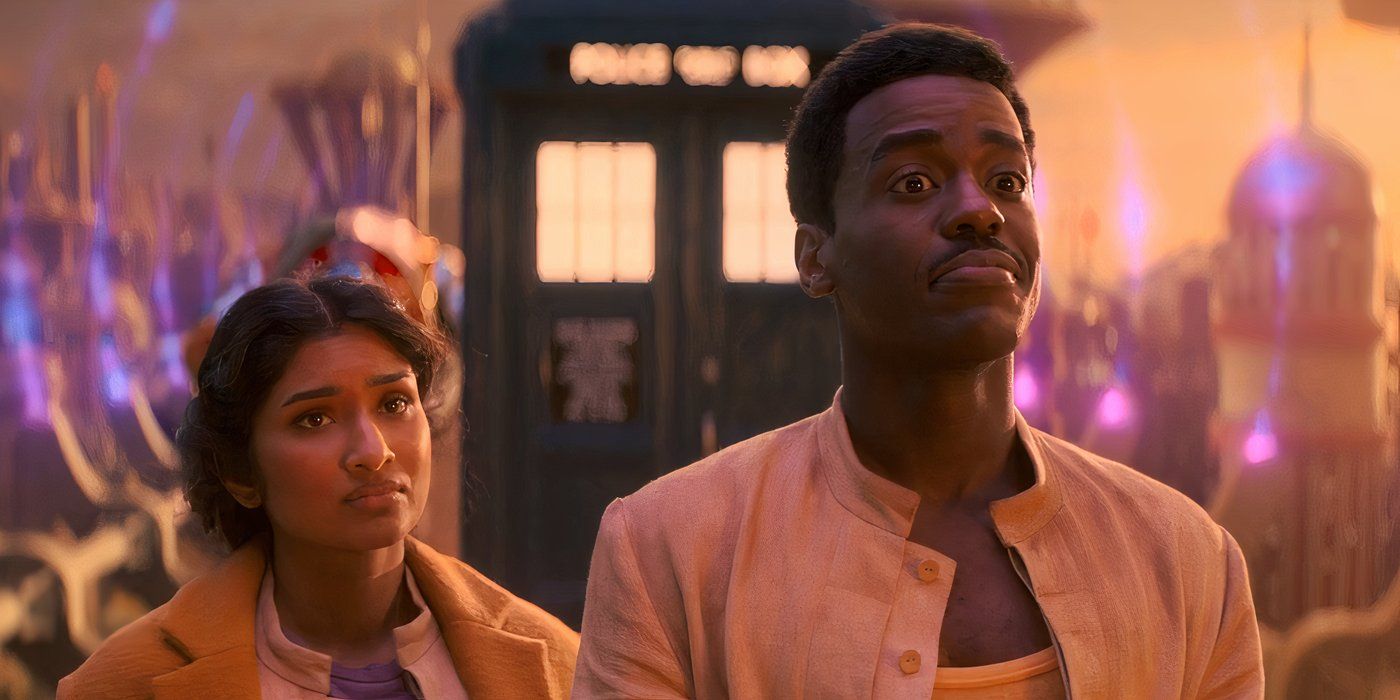
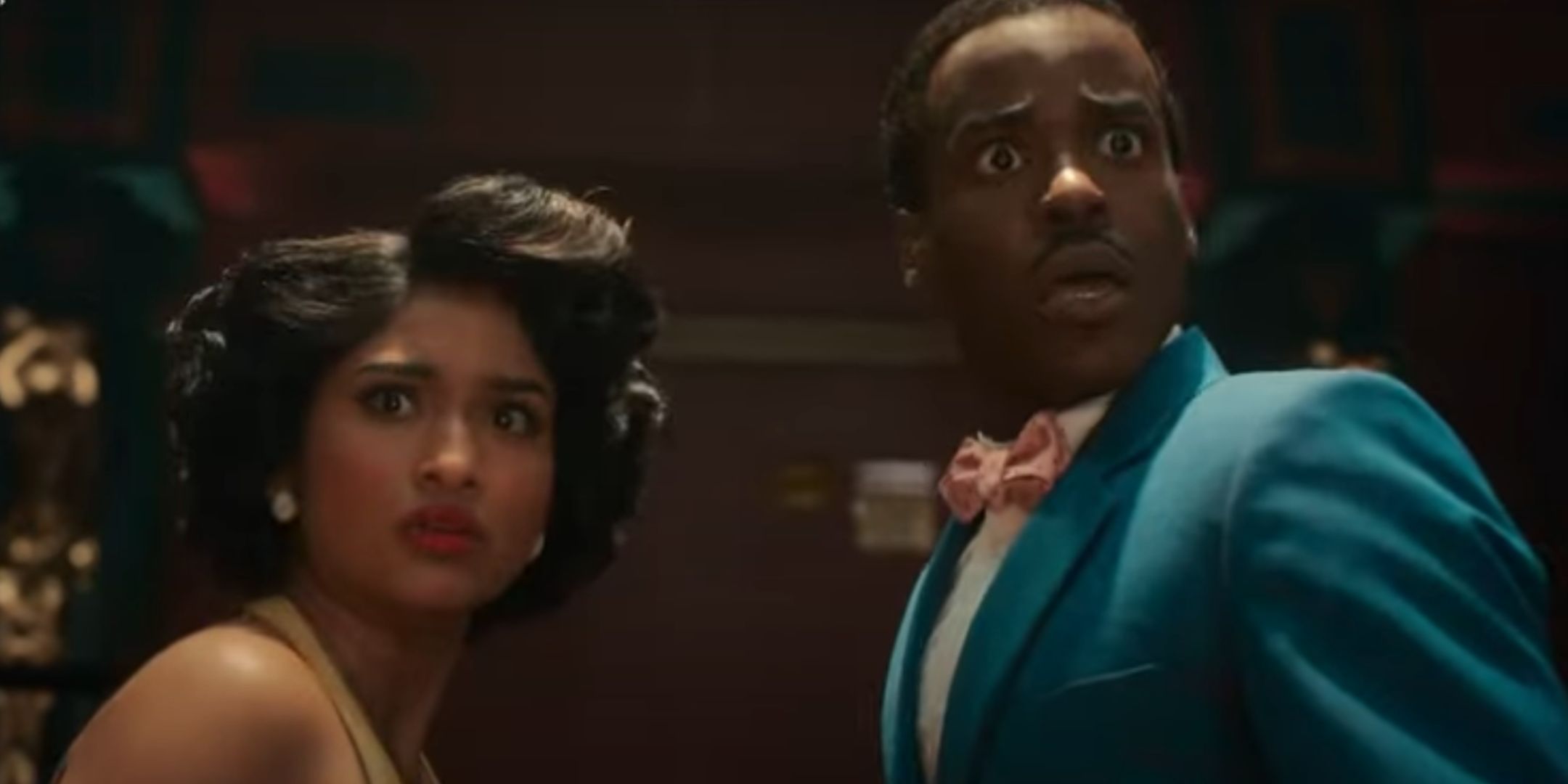
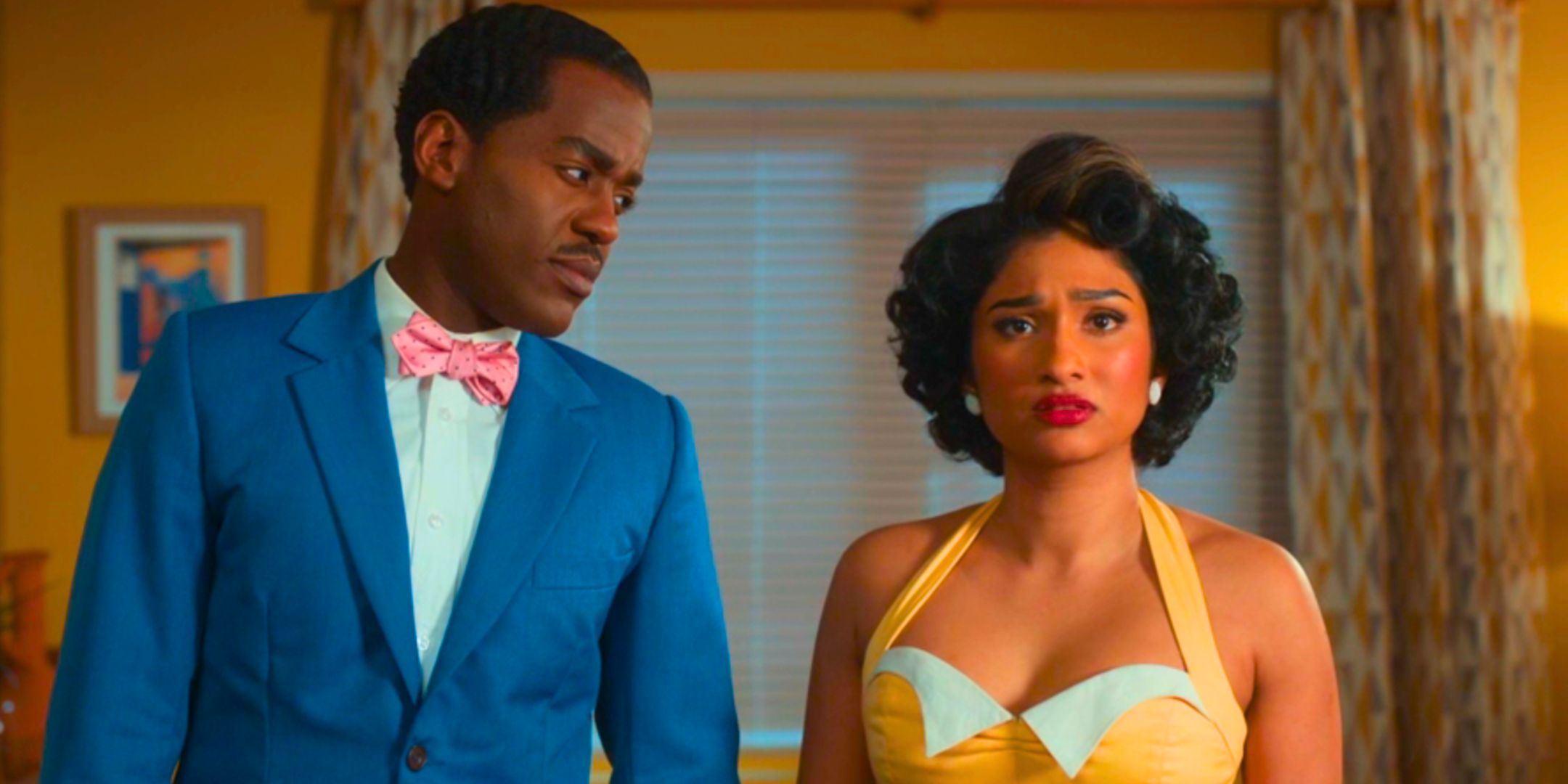
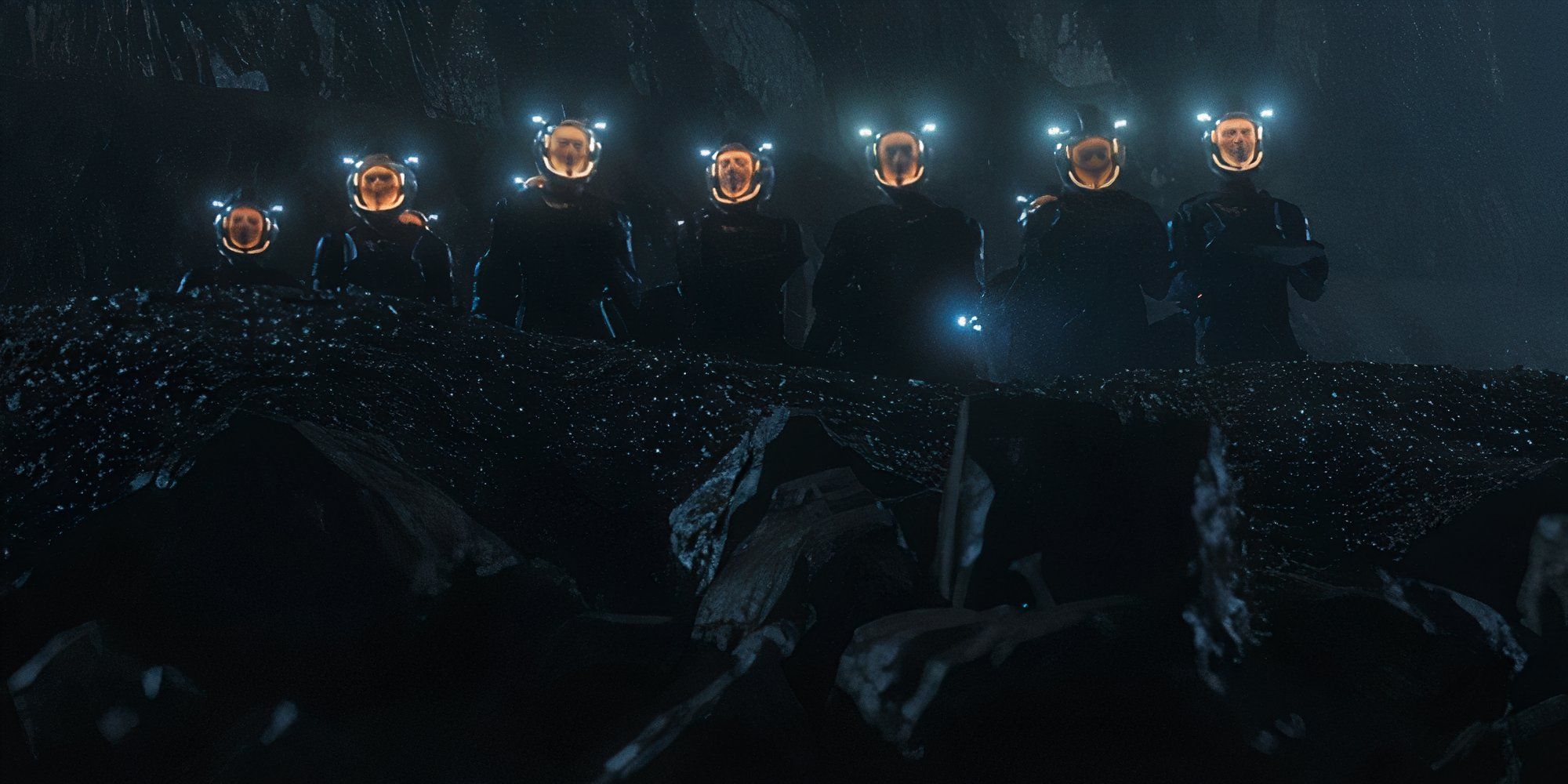
In stark contrast, contemporary periods of “Doctor Who” frequently place greater emphasis on the companions rather than the Doctor himself. This is true not only in individual episodes but also in entire season storylines. A striking illustration of this trend comes from the character Clara Oswald, whose true identity was a central theme during the show’s seventh season. The finale itself revolved around her, with the disclosure that she had been scattered throughout the Doctor’s timeline making her one of the most significant characters in “Doctor Who” history.
Lately, there have been numerous episodes of “Doctor Who” labeled as “Doctor-lite,” which means the Doctor has minimal screen time. Episodes such as “73 Yards” and “Dot and Bubble” fall under this category since they focus on characters other than the Doctor, like Ruby Sunday and Lindy Pepper-Bean. This approach highlights the significance of the supporting cast, making them more fleshed out, a rarity in traditional “Doctor Who” series.
Read More
- Clash Royale Best Boss Bandit Champion decks
- Best Hero Card Decks in Clash Royale
- Brawl Stars December 2025 Brawl Talk: Two New Brawlers, Buffie, Vault, New Skins, Game Modes, and more
- Clash Royale December 2025: Events, Challenges, Tournaments, and Rewards
- Best Arena 9 Decks in Clast Royale
- Call of Duty Mobile: DMZ Recon Guide: Overview, How to Play, Progression, and more
- Clash Royale Witch Evolution best decks guide
- Cookie Run: Kingdom Beast Raid ‘Key to the Heart’ Guide and Tips
- Clash of Clans Meltdown Mayhem December 2025 Event: Overview, Rewards, and more
- All Boss Weaknesses in Elden Ring Nightreign
2025-04-24 00:48